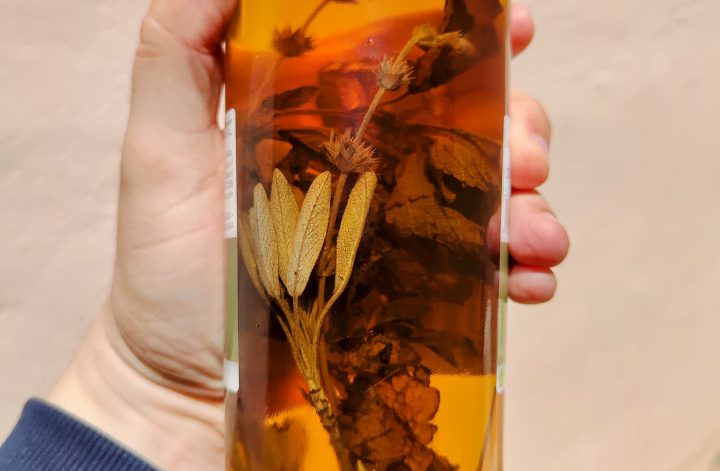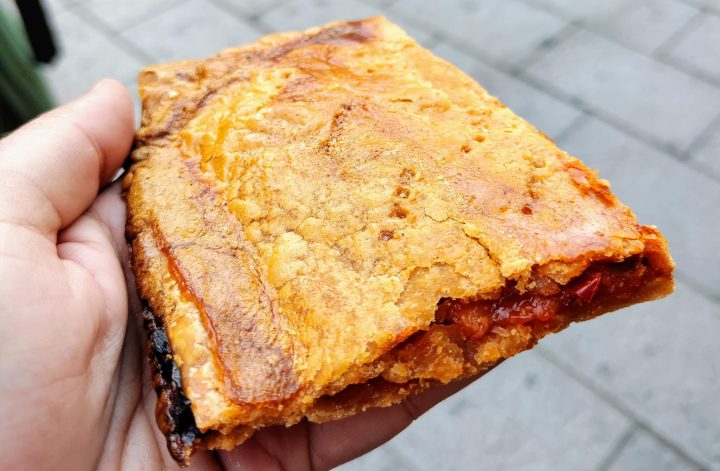Nispero is the Spanish name for the fruit of the tree known in Czech as the Japanese loquat (Eriobotrya japonica) or Japanese loquat.
Between the cities of Alicante and Valencia lies the picturesque town of Callosa d’en Sarrià, renowned as a major center for the cultivation of Japanese loquats. Thanks to its ideal natural conditions and a long tradition of fruit growing, this region has become one of Europe’s leading producers of this exotic fruit. When visiting this area, “nisperos” might be one of the items on your gastronomic list.
Nispero de Callosa

What Nisperos Are and How They Taste
“Nisperos” are oval to pear-shaped fruits, about the size of a small apple. The skin ranges from golden yellow to orange. The flesh is juicy, soft, and has a sweet, delicate flavor that somewhat resembles a mix of peach, apricot, and plum. Inside the fruit, there are several large brown seeds.
🇪🇸 Tip: After a great Spanish meal, head out for a wine tasting and vineyard tour near Alicante or Valencia. It is worth it! 🍷

The designation Nispero de Callosa is used for fruits grown around the town of Callosa d’en Sarrià in the Valencian Community, which has an officially protected geographical indication (PGI). This area is famous for its long tradition of growing nisperos, and thanks to ideal climatic conditions and the knowledge of local farmers, it produces fruit of the highest quality. Nispero de Callosa fruits are thus a kind of “benchmark” for quality and taste, but other Spanish nisperos are also very delicious.
Orchards with this fruit can be found throughout the Valencian Community, and the locals are justifiably proud of their “golden fruit.” The harvest takes place from April to June and is an important part of the local economy.

Feria del Níspero Festival
Feria del Níspero is an annual festival held in the town of Callosa d’en Sarrià. The festival usually takes place in the second half of April or early May when the nispero harvest season is in full swing. The exact date changes each year depending on current weather conditions and the ripeness of the fruit.
During the festival, various cultural and gastronomic events are held in the streets of Callosa d’en Sarrià to celebrate the local production of nisperos and attract visitors from all over Spain and abroad. Visitors can taste freshly harvested fruit, purchase local products, participate in guided tastings and culinary workshops, or enjoy folk performances and musical concerts.
Feria del Níspero also serves as a platform for growers, traders, and horticultural experts to network, share experiences, and discuss current trends and challenges in the industry. For many residents of Callosa d’en Sarrià, the festival is the most significant event of the year and an opportunity to celebrate the fruits of their labor.

Interesting Facts about Nisperos
- The flowers of the Japanese loquat are highly nectar-rich and provide bees with a valuable source of pollen and nectar. Honey from this tree is considered a gourmet specialty, known for its delicate fruity flavor.
- In Asian countries, the leaves and peels of nisperos have traditionally been used in folk medicine for digestive issues, coughs, and sore throats. A decoction of the leaves is also recommended for soothing irritated skin.
- The wood of the Japanese loquat is very hard and heavy, yet flexible. It is used for making luxury paneling, musical instruments, and walking sticks.
- In Japan, the loquat symbolizes longevity and vitality. The Japanese believe that regular consumption of nisperos contributes to physical and mental freshness into old age.
Have you tried this fruit, or perhaps have a Japanese loquat tree in your garden? Let me know in the comments!
Bon appétit!
🇪🇸 Tip: If you are traveling to Madrid, I recommend a tour of the Real Madrid stadium for football fans (I enjoyed it even though I prefer hockey 😉). A visit to the Prado Museum or the Royal Palace is also excellent. Be sure to buy tickets in advance to avoid waiting in line.


